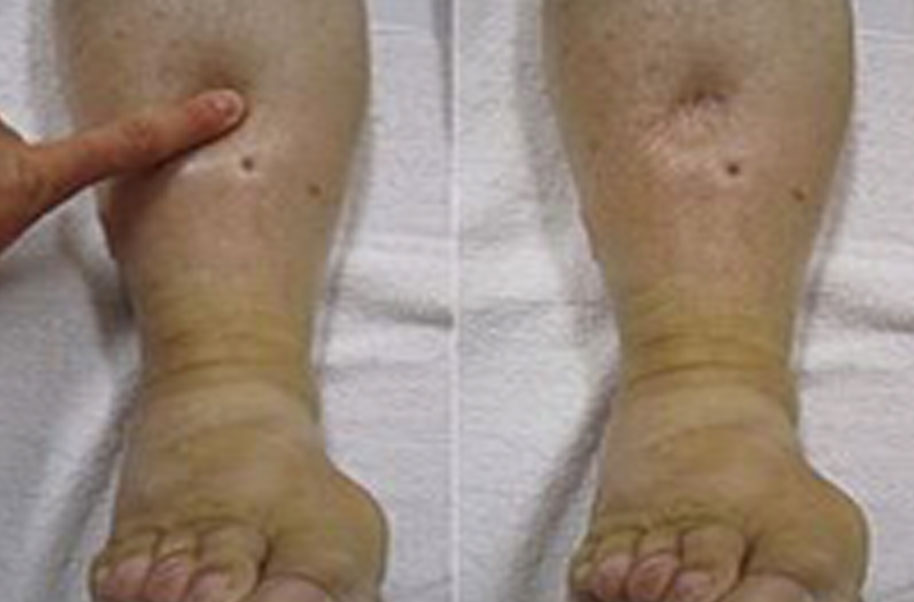
Read more about treating DVT DVT prevention You'll also be prescribed compression stockings to wear every day, which will improve your symptoms and help prevent complications. These medications include rivaroxaban and apixaban, and they've been shown to be as effective as heparin and warfarin with less serious side effects. After initial treatment, you may also need to take warfarin to prevent another blood clot forming.Ī number of anticoagulants, known as directly acting oral anticoagulants (DOACs), may also be used to treat conditions such as DVT. Heparin is usually prescribed first because it works immediately to prevent further clotting. Heparin and warfarin are 2 types of anticoagulant often used to treat DVT. These reduce the blood's ability to clot and stop existing clots getting bigger. Treatment for DVT usually involves taking anticoagulant medicines. The dye travels up the leg and can be detected by X-ray, which will highlight a gap in the blood vessel where a clot is stopping the flow of blood. VenogramĪ venogram may be used if the results of a D-dimer test and ultrasound scan can't confirm a diagnosis of DVT.ĭuring a venogram, a liquid called a contrast dye is injected into a vein in your foot. This helps doctors identify when blood flow is slowed or blocked, which could be caused by a blood clot. A special type of ultrasound called a Doppler ultrasound can also be used to find out how fast the blood is flowing through a blood vessel. Ultrasound scanĪn ultrasound scan can be used to detect clots in your veins. Additional tests, such as an ultrasound scan, will need to be carried out to confirm DVT. However, the D-dimer test isn't always reliable because blood clot fragments can increase after an operation, injury or during pregnancy. The larger the number of fragments found, the more likely it is that you have a blood clot in your vein.

This test detects pieces of blood clot that have been broken down and are loose in your bloodstream. Your GP may advise that you have a specialised blood test called a D-dimer test. It can be difficult to diagnose DVT from symptoms alone. See your GP as soon as possible if you think you may have DVT – for example, if you have pain, swelling and a heavy ache in your leg. They'll ask you about your symptoms and medical history. Read more about the causes of DVT Diagnosing DVT If you're taking either of these, your risk of developing DVT is slightly increased. The combined contraceptive pill and hormone replacement therapy (HRT) both contain the female hormone oestrogen, which causes the blood to clot more easily. being pregnant – your blood also clots more easily during pregnancy.having certain conditions or treatments that cause your blood to clot more easily than normal – such as cancer (including chemotherapy and radiotherapy treatment), heart and lung disease, thrombophilia and Hughes syndrome.blood vessel damage – a damaged blood vessel wall can result in the formation of a blood clot.being inactive for long periods – such as after an operation or during a long journey.having a history of DVT or pulmonary embolism.As well as age, there are also some other risk factors, including: Read more about the complications of DVT DVT causesĮach year, DVT affects around 1 person in every 1,000 in the UK.Īnyone can develop DVT, but it becomes more common over the age of 40. Seek immediate medical attention if you have pain, swelling and tenderness in your leg and develop breathlessness and chest pain.


chest pain – which may become worse when you breathe inīoth DVT and pulmonary embolism need urgent investigation and treatment.breathlessness – which may come on gradually or suddenly.A pulmonary embolism is a very serious condition which causes: If left untreated, about 1 in 10 people with a DVT will develop a pulmonary embolism. This then blocks one of the blood vessels in the lungs, preventing blood from reaching them. This is a serious condition that occurs when a piece of blood clot breaks off into the bloodstream.


 0 kommentar(er)
0 kommentar(er)
